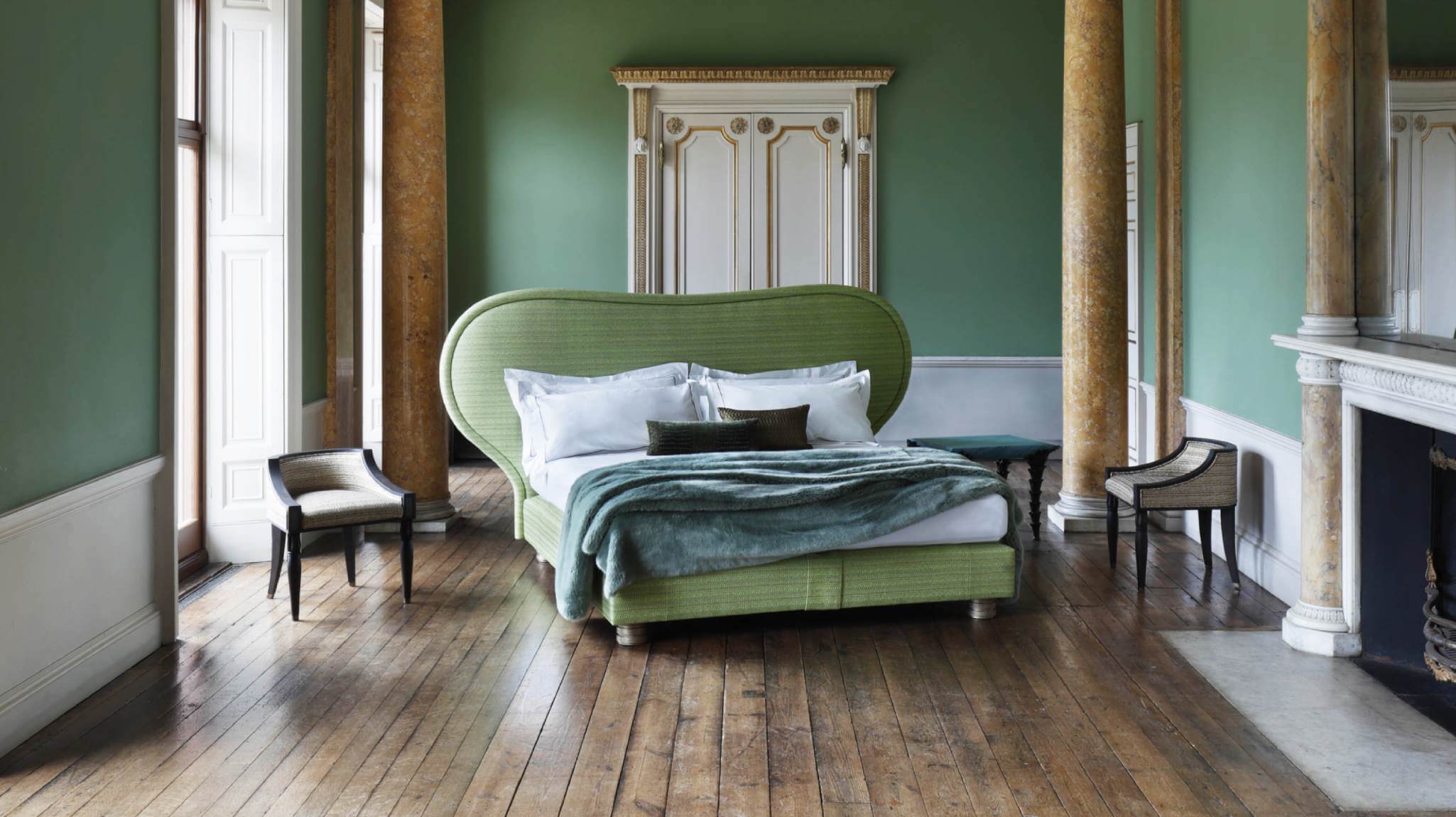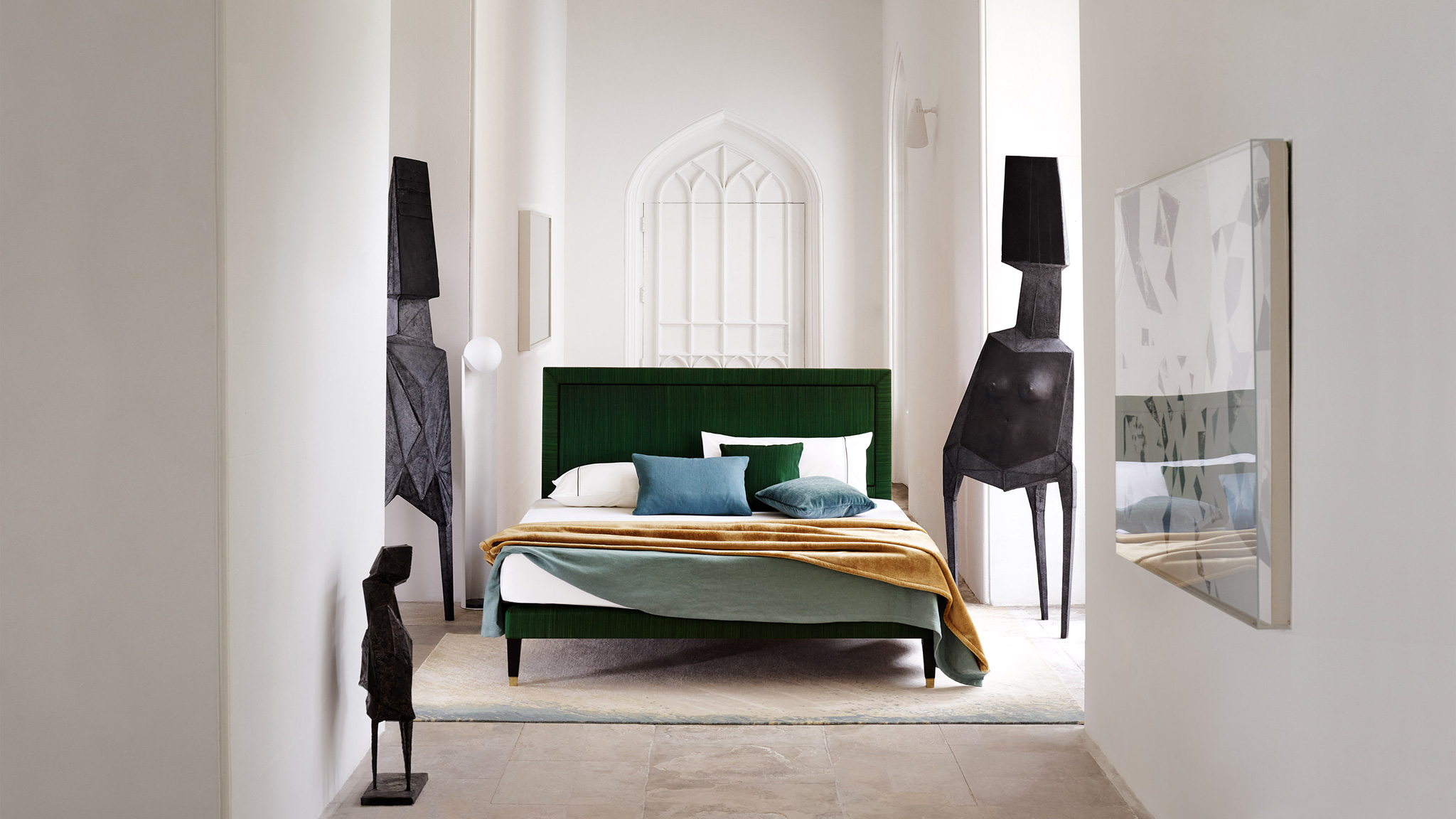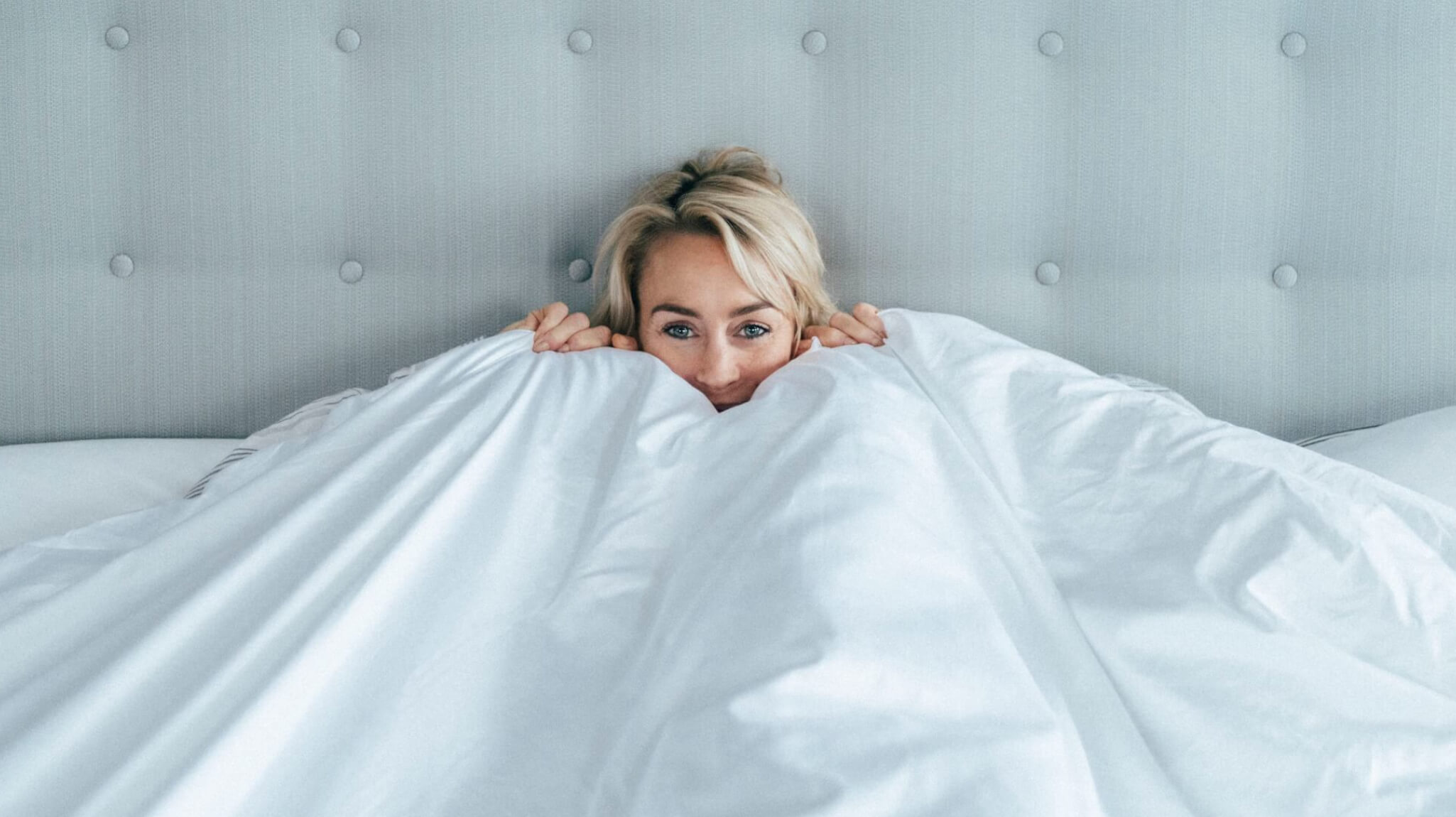The optimal sleeping temperature
Temperature is a key component of your sleep sanctuary. And we say sleep sanctuary, because we want you to walk into your bedroom and feel instantly soothed and relaxed. Discover more about the impact temperature has on quality and comfort of your sleep.
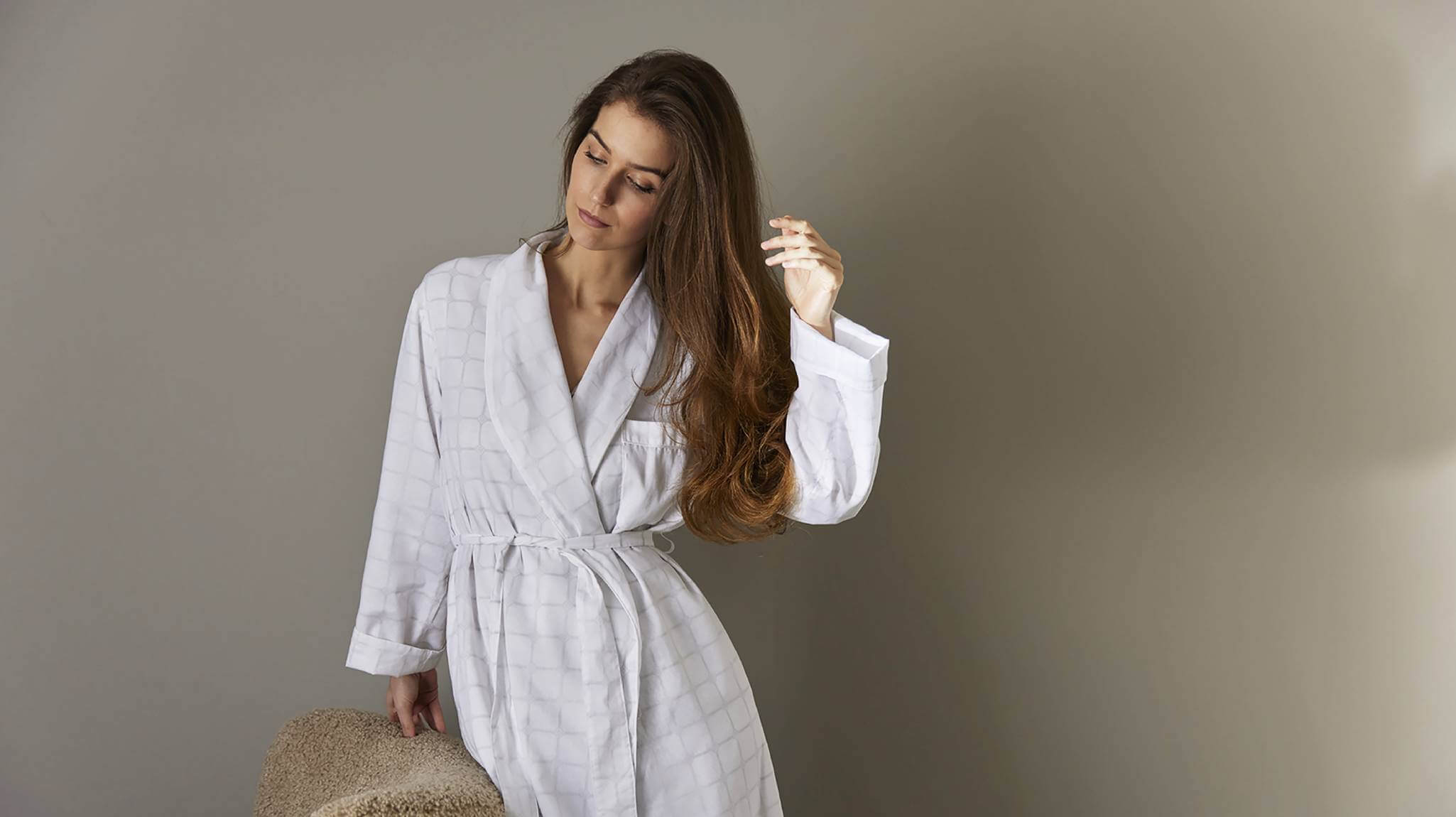
For over a century, we have been dedicated to using the finest natural fibres to help our customers achieve the optimal sleeping temperature and comfort. According to a study in the journal Nature and Science of Sleep, a bed made from natural, breathable and thermo-regulating materials is important for maintaining a cool body temperature, which in turn, helps to improve the quality of sleep.
We asked Dr Rebecca Robbins, a Sleep Expert to Savoir, to explain why temperature is one of the most crucial aspects of a healthy night’s sleep. From sleep fragmentation to advice on how to stay within a thermal neutral range, Dr Robbins reveals the sleep science to prevent you from overheating and impacting the quality of your sleep.
Savoir: Firstly, how important is temperature, and how does it impact our sleep?
Dr Robbins: At night, when we enter the bedroom, we want to set ourselves up for successful sleep. A warm environment, unfortunately, will cause two things to happen. The first is you are more likely to experience disturbing dreams or, in other words, nightmares. The second is we’re much more likely to encounter sleep fragmentation. Waking up a series of times over the course of the night and then struggling to get through the day.


Ideally, to initiate sleep, we want a cool body temperature. The drop in your body temperature is associated with sleep onset. We can facilitate this by creating a cool sleeping environment.
What is the optimal sleeping temperature?
There’s some individual preference. But generally, we want to be in what we call a thermal neutral zone, which is on the slightly cooler side. You want to be about 20°C (68°F). Your sleep can be disturbed, and you may even wake up if the temperature of your bedroom or sleep environment is too hot and rises above 23.8°C (75°F). If it’s really warm, turn on the air conditioning unit or fan. In many climates it can be hot during the day. So, if you can keep the shades or blinds pulled, that can also help keep your bedroom’s temperature down.
Why is a cool sleeping environment so important?
Ideally, to initiate sleep, we want a cool body temperature. The drop in your body temperature is associated with sleep onset. We can facilitate this by creating a cool sleeping environment. And so, ensuring that you’re in a cool environment to allow your body temperature to drop into this thermal neutral range. We don’t want the body too hot or too cool to initiate sleep and then enter and re-enter all the various stages of sleep at night.

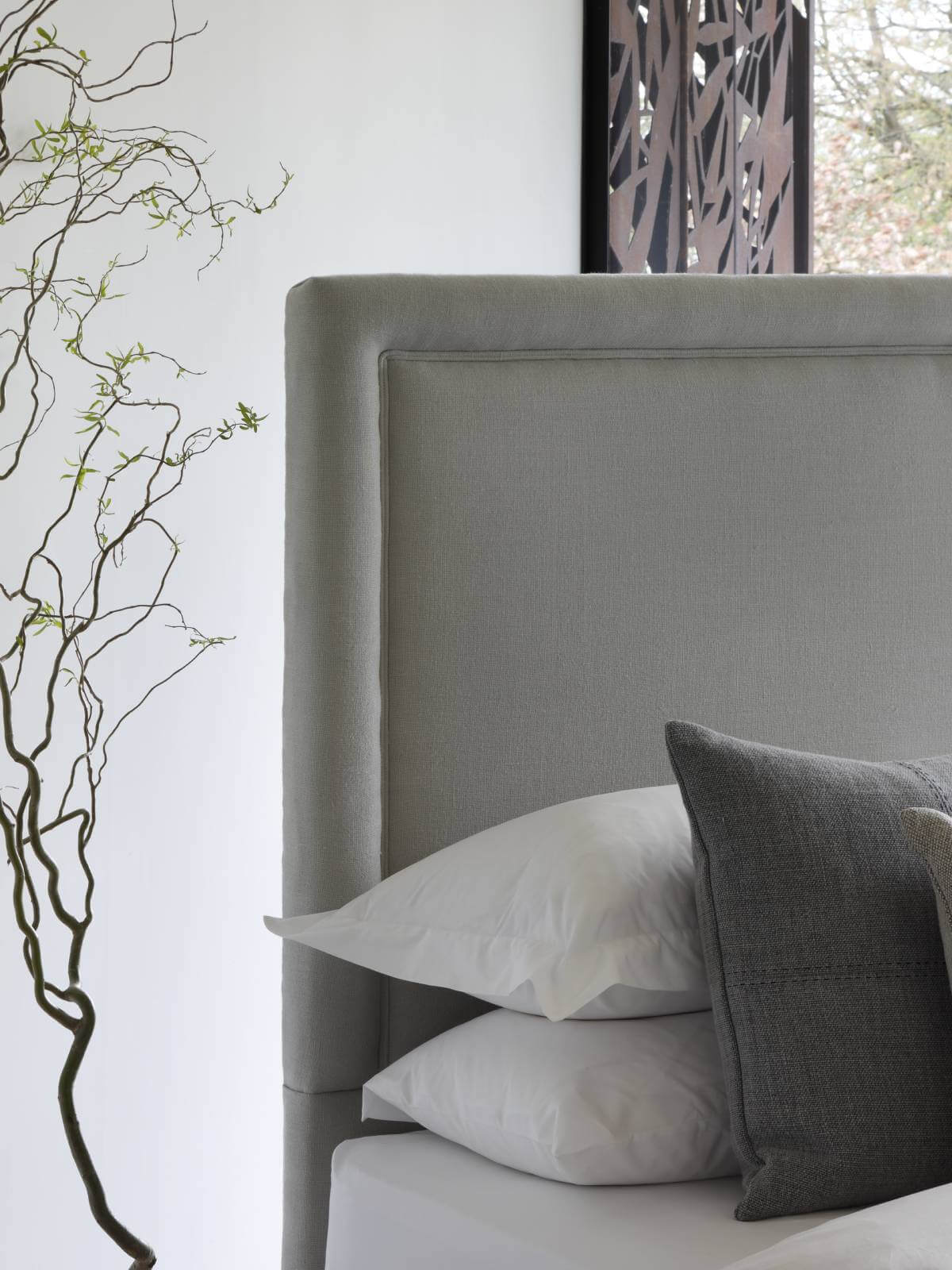
Does our body temperature change during different stages of sleep?
Our temperature fluctuates over the course of the night. As our head hits the pillow, we enter this beautiful symphony of different stages of sleep. We don’t enter one monolithic sleep state and then wake up magically. Instead, sleep is a very active process with the body and the brain entering and re-entering these very symphonic and beautiful stages, each with its individual contribution to our waking success.
So, for instance, with deep-stage, slow-wave sleep, we reap many benefits from the standpoint of muscular regeneration; our body temperature drops very low to allow that kind of healing and regeneration to happen. In contrast, rapid eye movement (REM) sleep is where our brain is highly active. We’re rehearsing, reaffirming and strengthening connections and memories that we took in during the day to make sure that they’re there when we wake up tomorrow. During this period, we lose the ability to thermoregulate, and this is when our surroundings impact our temperature.
Apart from the environment, what other elements do we need to consider?
One key indicator is if you wake up tossing and turning, and you’ve been perspiring over the course of the night. This may be a reason to look to your sleeping surface. Certain components such as foams and other synthetic materials can be heat-inducing. You want to ensure that your sleeping surface will allow the body to stay in that thermal neutral range.
How can a sleeping surface made of natural materials help achieve an optimal sleeping temperature?
Natural materials such as wool, horsetail and cotton are breathable, wick moisture away from the skin and help regulate body temperature. In comparison, synthetic fibres, latex, and memory foam can retain heat and moisture, causing overheating.
A sleeping surface that allows airflow to circulate throughout the night is important. Particularly at the beginning of the night, when we walk in and lie down on our beds. We want to make sure that our body is in the thermal neutral range or slightly on the cooler side. A cool environment will allow us to dip into sleep and deeper stages faster than we would otherwise.
Our partnership with Dr Rebecca Robbins explores all areas of our health, from immunity and anti-ageing to performance and brain function, which can all be impacted by sleep. Find more stories on House of Savoir.
